Naturally with every new year there’s a tendency to process what’s come before and what’s up ahead. As my birthday falls on New Year’s Eve, I certainly think about what the new year will bring with another year growing older. In particular I’ve been thinking about aging in regards to how it affects one’s creativity.
We tend to think that as one gets older, they lose their creativity getting more set in their ways. There’s an aspect of you can’t teach an old dog new tricks.
Is this really the case, though? Think about how often when someone has a popular recipe for a stew or sandwich, or perhaps knows how to play a song backwards or forwards, or just when one is recounting a familiar, hilarious story, do they change things around, adapt it, recycle and create something fresh? And by taking what is tried and true and readapting how new creations and inventions are formed?
When I think of number of artists from Turner to Picasso to the older they get, the more experimental and adventurous their work becomes. Also, work often becomes more personal and particular. There tends to be a similar pattern: artists in their younger years are keen to learn and reach the levels of their teachers or masters, or perhaps those they emulate and admire. Then at some point their work shifts and moves beyond what they were known for as a young artist, indeed it almost looks like a different person entirely.
When we see the work of young Raphael, his work is practically indistinguishable from his master, the Umbrian painter, Pietro Perugino. By the time Raphael passed away at the young age of 37 years old, his work had already reached monumental heights and achievements, even looking ahead to the heavy chiaroscuro work to come much later with painters like Caravaggio.
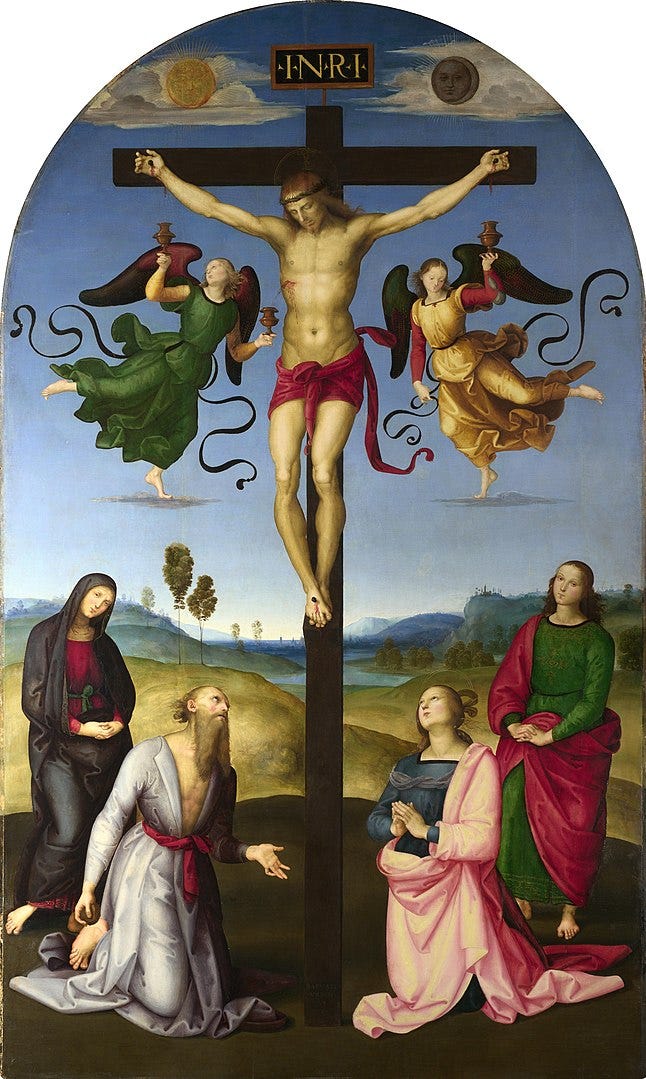
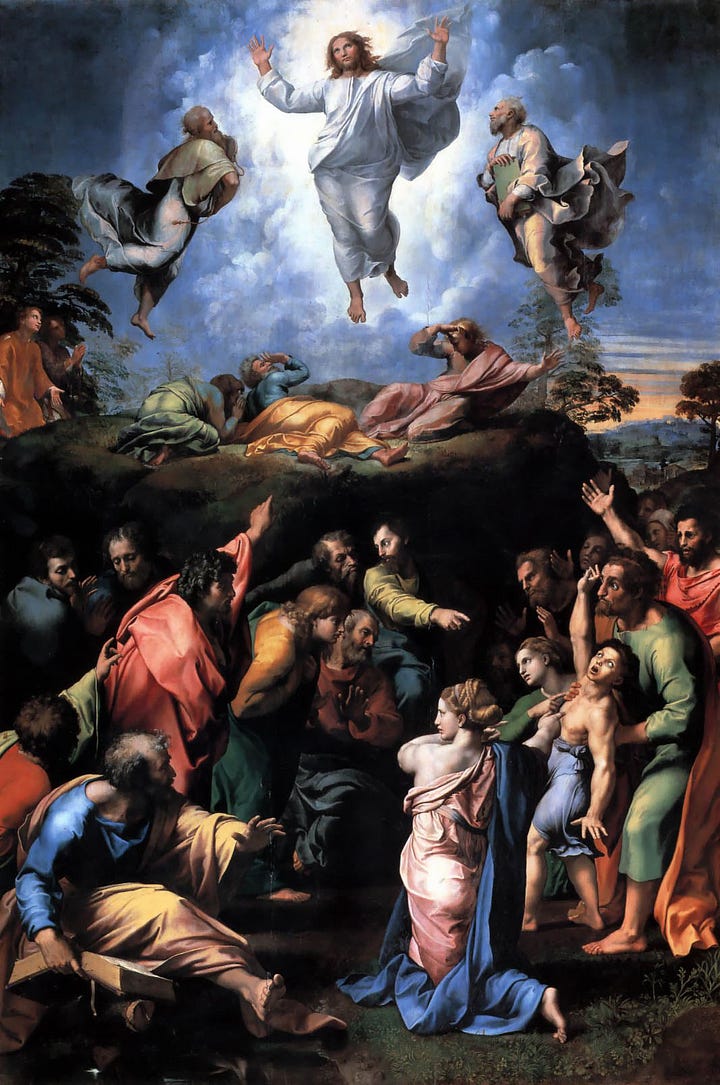
Being heavily influenced by the works of the Jean-Francois Millet. Many of Vincent Van Gogh’s early work is somber portraits of laborers working in fields. It took years in Paris and Arles among fellow artists such as Paul Gauguin for Van Gogh to create his innovative, colorful masterpieces.


This push to search for new ground from what has already been touched on is one that takes a tremendous amount of courage and a fair amount of risk. It’s striking to see how artists have done this after they may have already found initial success but for whatever reason be it internal or external pressures or forces they see fit to try new approaches and styles.
Is it a restlessness or anxiousness? Common curiosity? Or perhaps it’s almost inevitable, that the very ability to create works in new directions is a result of living a full life and gaining new insights, abilities and memories.
"I've been absolutely terrified every moment of my life—and I've never let it keep me from doing a single thing I wanted to do." -Georgia O’Keeffe
When we look at the scope of Georgia O’Keeffe’s career it is breathtaking how much her work changes over time. From her early years where she was studying at the Art Students League of New York to her flower abstractions to her work influenced by the New Mexico landscape and after, she was constantly exploring new ideas. She was continuously productive, even after her eyesight started to fail.
She continued to produce art in other mediums with the help of assistants into her 90s, maintaining her creative output until her health no longer permitted it. O’Keeffe serves as an inspiring example of how creativity can flourish.
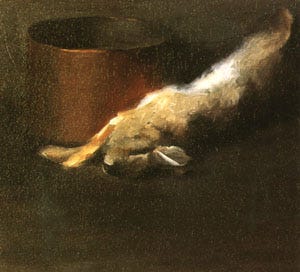
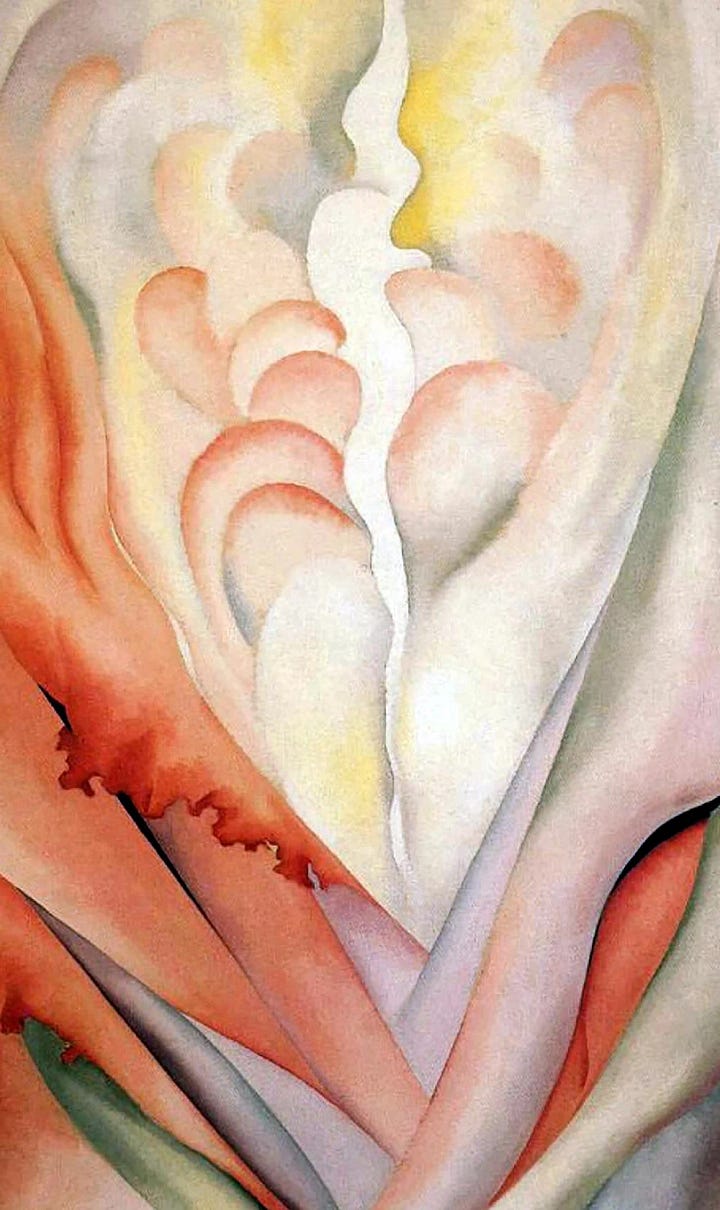
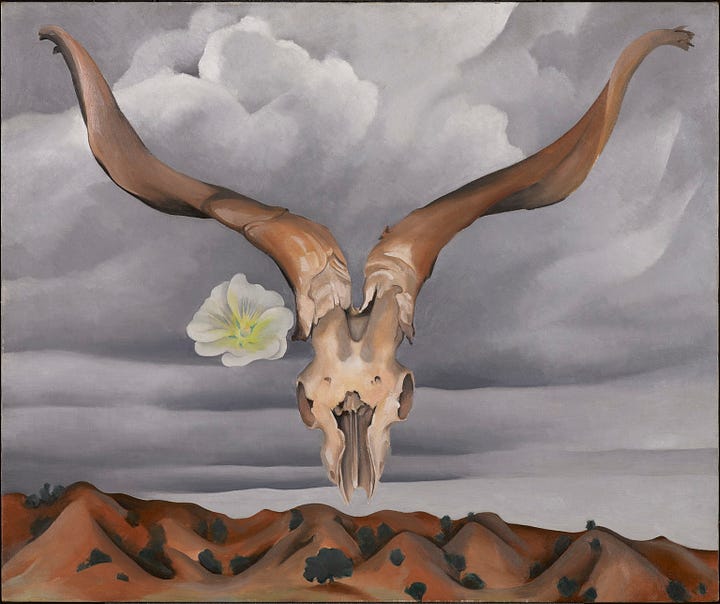
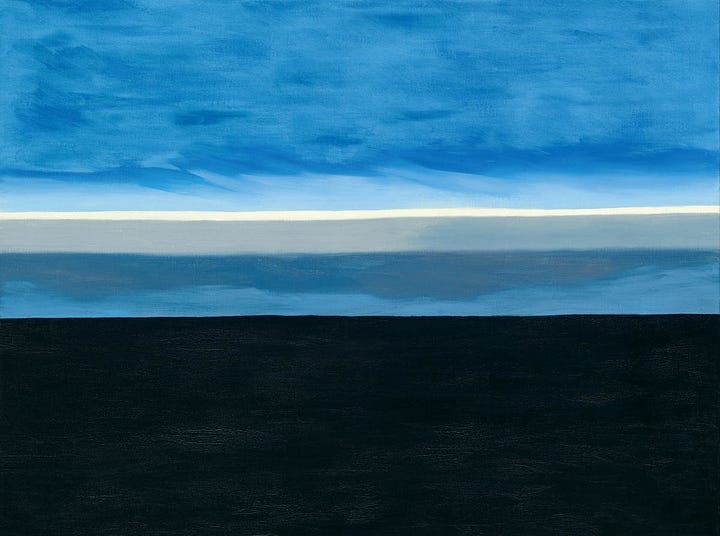
Of course, the trajectory of creativity, especially in visual arts, is highly individual and influenced by a multitude of factors. Like O’Keeffe, Pablo Picasso’s work was in constant flux. It is well known that as he grew older his work becomes less realist and more abstract. When we read his quote “On met très longtemps à devenir jeune.” (It takes a very long time to become young) it provides insight that this evolution in his work is towards a playfulness and experimentation, much as young children do as they make their creations.
Perhaps what we consider creative can just be characterized as more personal. The massive bronze spider sculpture that Louis Bourgeois created when she was approaching the age of 90 might come as a surprise when compared to her earlier paintings and pieces. But when we see that the piece, titled “Maman” is inspired by her mother who was herself a tailor and seamstress, we can see the connection. Describing the piece, Bourgeois said:
The Spider is an ode to my mother. She was my best friend. Like a spider, my mother was a weaver. My family was in the business of tapestry restoration, and my mother was in charge of the workshop. Like spiders, my mother was very clever. Spiders are friendly presences that eat mosquitoes. We know that mosquitoes spread diseases and are therefore unwanted. So, spiders are helpful and protective, just like my mother.
Ultimately, creativity is a lifelong journey. The legendary Japanese artist, Katsushika Hokusai’s most celebrated works, including The Thirty-Six Views of Mount Fuji, were created after he turned 60. He famously said at age 75:
Until the age of seventy, nothing I drew was worth anything. At seventy-three, I finally learned something about the true quality of animals, plants, trees, birds, fishes, and insects. When I am eighty, I will have made some progress. At ninety, I will penetrate the mystery of things. At one hundred, I will be a marvelous artist.
These artists remain timeless example of how aging and creativity can go hand in hand, inspiring us to view every stage of life as an opportunity for artistic and personal growth.
I wonder if there are other examples of individuals, in the visual arts or in other fields that you can think of that show this creative evolution over time. Please feel free to share and of course, happy new year!

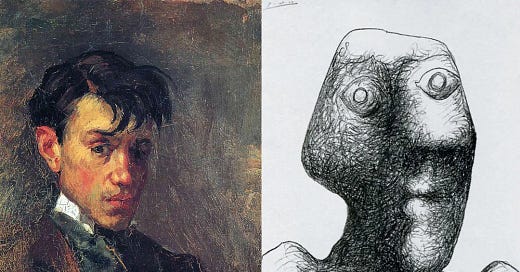



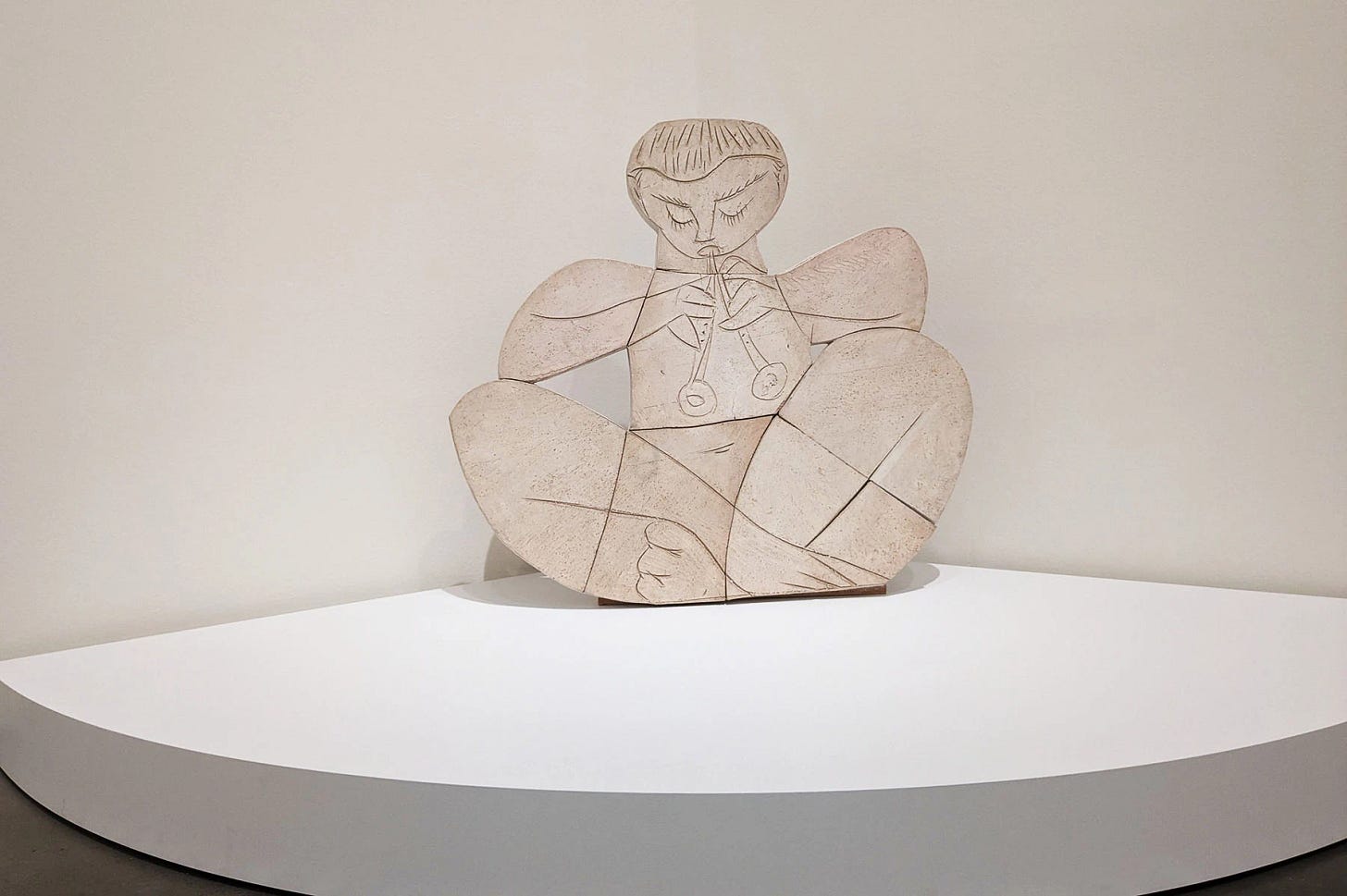
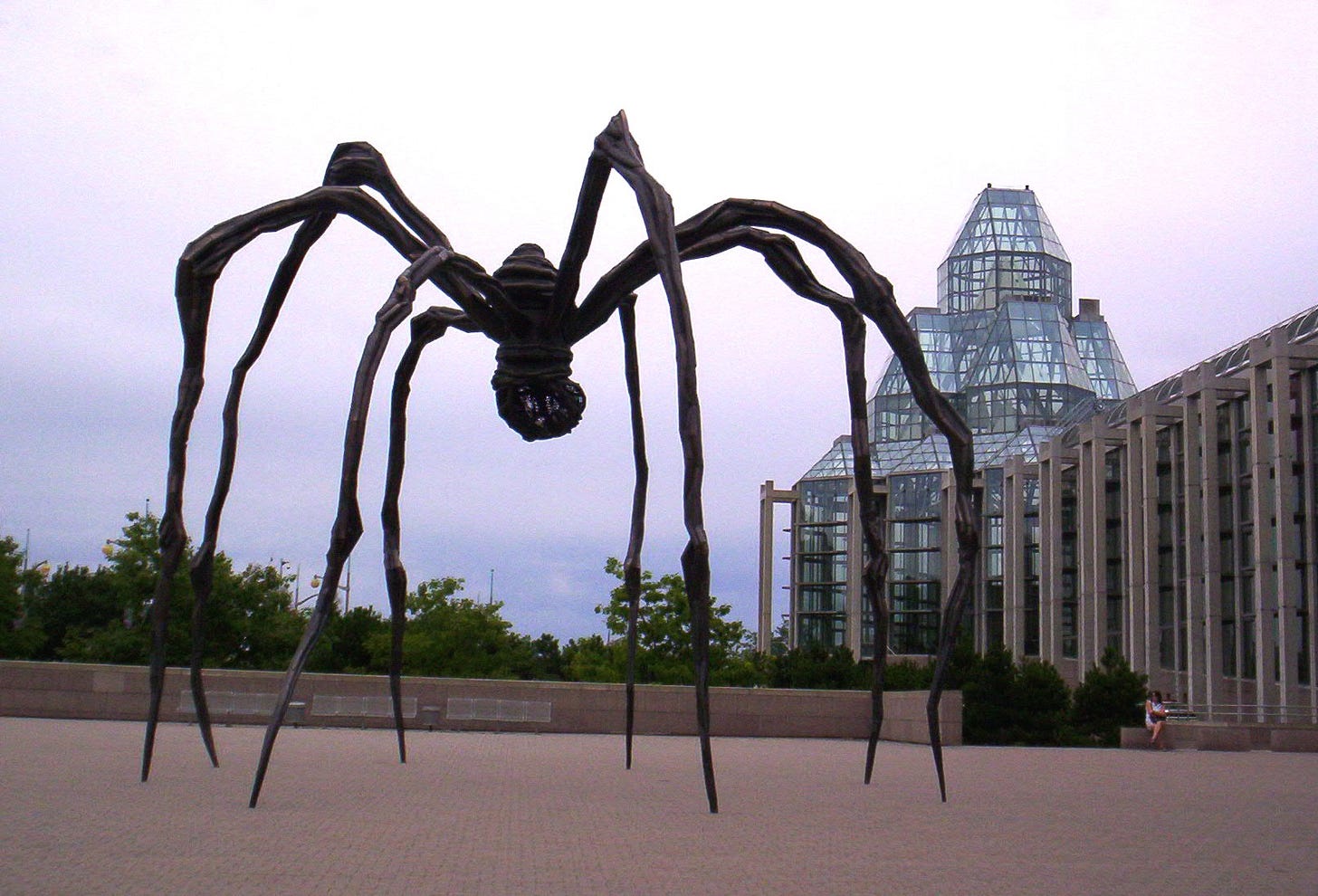
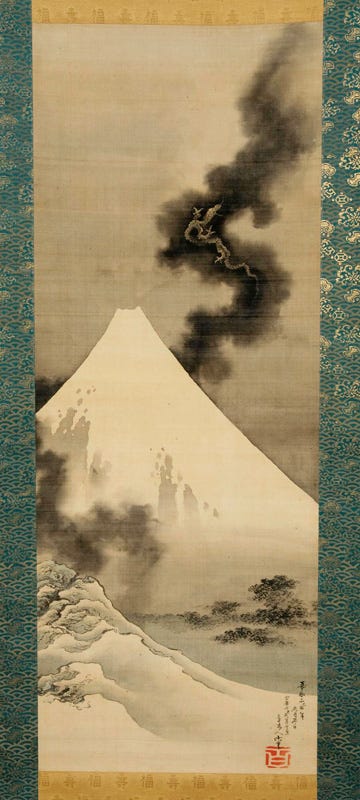
Thank you. Your piece resonated with me as an older woman who is quite restless and often anxious in my pursuit of creativity. I atypically wonder if my artistic journey is better served by spending time perfecting skills, or digging deeper inside and enabling my hand/body to follow its more natural path on the blank surface. Both give me pleasure, but I am accomplished in neither. As for other examples of artistic journeys I think Bob Dylan is a good example of someone who felt trapped in an early definition of who he was as a musician, and broke through knowing that many of his fans would see it as a betrayal.
Jun,
Several observations you made and quotations you captured that I had to pull out for my own daily reflections.
Thank you for taking the time to craft this moment of reflection on the enduring potential of creativity to expand throughout our lifetime.
Looking forward to putting these thoughts into action in the year ahead. All the best to you and your family.